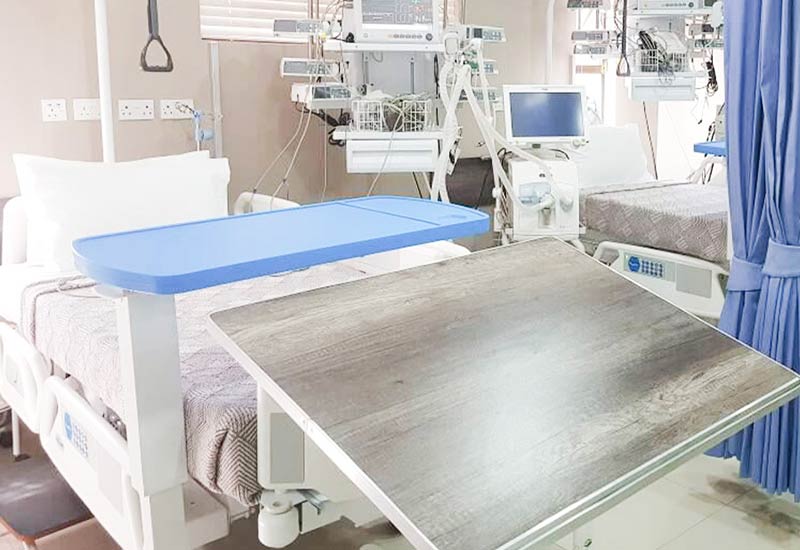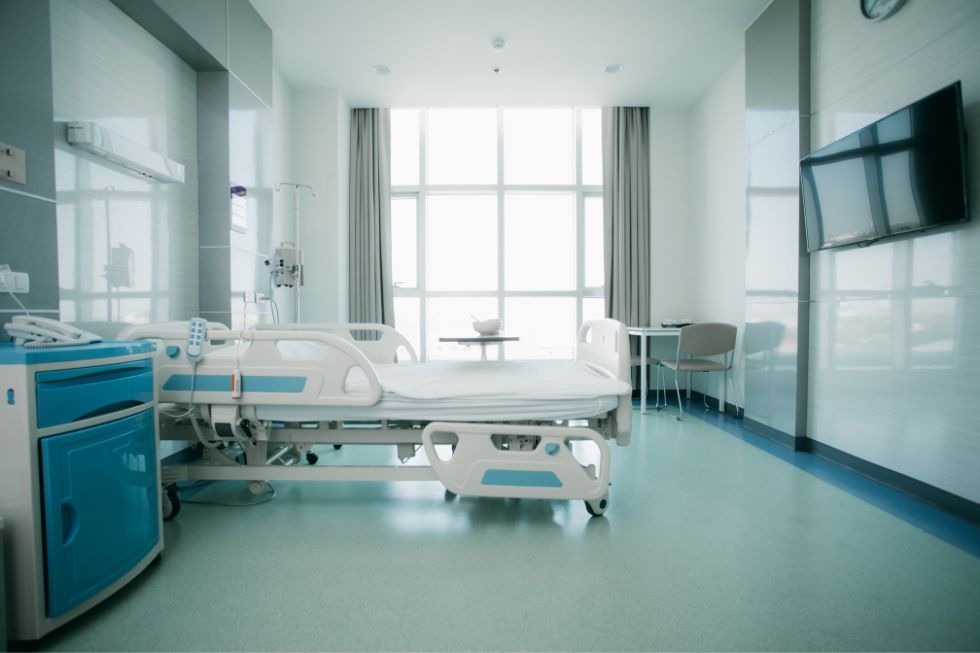See This Report on Hospital Beds For Home Use
See This Report on Hospital Beds For Home Use
Blog Article
The Best Guide To Hospital Beds For Home Use
Table of ContentsThings about Hospital Beds For Home UseThe Definitive Guide for Hospital Beds For Home UseWhat Does Hospital Beds For Home Use Do?The smart Trick of Hospital Beds For Home Use That Nobody is Talking About4 Easy Facts About Hospital Beds For Home Use ShownThe Main Principles Of Hospital Beds For Home Use Little Known Facts About Hospital Beds For Home Use.
There are three main kinds of health center beds: guidebook, semi-electric, and fully-electric. However, even more sorts of clinical beds exist and they are listed here. These beds use hand cranks to change the bed's elevation and elevate and reduce the head and the foot. Hand cranks are generally located at the foot of the bed and call for an individual that is physically with the ability of operating.
Semi-electric beds have an electric motor to raise and lower the head and foot portions of the bed. Patients and caretakers readjust the positioning by pushing buttons using a hand pendant. The elevation of the bed is readjusted manually with a hand crank. Full-electric beds have an electrical motor that can increase the head and foot sections of the bed along with the whole elevation and positioning of the bed.
Hospital Beds For Home Use - Questions
Some models can also relocate into more placements, such as the Trendelenburg (tilt) position. There are numerous types of healthcare facility beds, each developed to fulfill details person demands. Here are some common kinds: This is the most usual kind of hospital bed, designed for basic clinical usage. It has a manual or electrically adjustable headrest, footrest, and elevation.
Reduced to the ground than a typical bed. This kind of bed is developed for bigger clients, with a larger framework and higher weight ability than a standard bed.
This kind of bed is made for critically ill individuals who need open tracking and specialized medical devices such as ventilators and infusion pumps. This kind of bed is designed for usage throughout labor and delivery, with flexible positions and features to sustain the mom and infant during the birth procedure.
The Definitive Guide for Hospital Beds For Home Use
Multiple feature and the devices carry out broadening traction to various parts of the vertebra and the extremities without relocating the human body. These are simply a couple of examples of the kinds of hospital beds available. The particular sort of bed utilized will rely on the person's problem, clinical needs, and various other elements.
Below is the important things you require to know. A one-function healthcare facility bed is a medical bed that allows a person to relocate just the head or foot section up or down. A 2 feature health center bed commonly refers to a kind of medical bed that has 2 flexible functions to assist patients in health centers or care centers.

Some Ideas on Hospital Beds For Home Use You Need To Know
A 7-function ICU bed is a sort of medical bed that gives numerous flexible features to sustain critically ill clients in an extensive treatment system (ICU) (hospital beds for home use). The seven features normally consist of: Back-rest change: my link The back-rest can be gotten used to different angles to assist the person stay up or exist down pleasantly
Elevation modification: The bed can be increased or decreased to make it less complicated for people to get in and out of bed, and for caregivers to give treatment. Trendelenburg setting: The entire bed can be slanted to promote blood flow and blood circulation in the body. Reverse Trendelenburg placement: The bed can likewise be slanted in the contrary direction to promote blood circulation and blood circulation in the upper body.
1. What Size is a Healthcare Facility Bed? 2. Just how much Does a Health Center Bed Price? 3. Why Do Hospital Beds Have Side Bed Rails? 4. What Are The Key Medical Facility Bed Parts?. While even more budget-friendly than electric models, these beds call for exertion for adjustments. The major advantages of hand-operated beds are their price and reliability, as they do not rely upon electricity. Nonetheless, the requirement for manual initiative can be a restriction in scenarios where quick changes are needed or where caregivers deal with physical challenges.
Indicators on Hospital Beds For Home Use You Need To Know
Semi-electric hospital beds offer a balance of manual and electric controls. These beds supply an ideal center ground in between guidebook and completely electrical choices, using simplicity of use without the full price of electric designs.
Semi-electric beds are appropriate for individuals who need modest changes to the head and foot sections but can manage without constant elevation modifications. This makes them a cost-efficient solution for those looking for convenience and ease without the need for constant repositioning. Completely electric medical facility beds feature electrical controls for smooth changes to the elevation, head, and foot sections.
Specialized healthcare facility beds, such as ICU beds, long-lasting treatment beds, and bariatric beds, are thoroughly developed to address specific clinical needs. These beds supply customized take care of varied client teams, boosting both outcomes and comfort. In the adhering to sections, we will discover the main sorts of specialty healthcare facility beds, outlining their certain benefits and applications.
With years of experience in making electric straight actuators - hospital beds for home use and close collaboration with the health care industry, TiMOTION is well-positioned to supply trustworthy healthcare solutions. Our up and down incorporated company takes care of every step of the manufacturing procedure, from design to actuator assembly, ensuring we provide outstanding worth and tailored remedies customized to your certain requirements
What Does Hospital Beds For Home Use Do?

For more information concerning integrating these technologies into your items, contact us today. More reading:.
Data is sourced from the Medicare Cost Report. Accessed January 2025. Short-term intense care hospitals have the highest possible average variety of beds at 187. They are one of the most common kind of healthcare facility in the united state and make up even more than 50% of U.S. healthcare facilities. Children's healthcare facilities have 178 beds on standard and VA healthcare facilities average 175 beds.

The Ultimate Guide To Hospital Beds For Home Use
A health center bed is a bed designed especially for medical purposes. It is not just a location for people to relax, however likewise a platform for clinical operations. Unlike normal home beds, hospital beds normally have adjustable attributes, which can assist in clinical staff to make various modifications according to the needs of patients, such as altering the elevation, disposition, and support angle of the back and legs of the bed.
Report this page